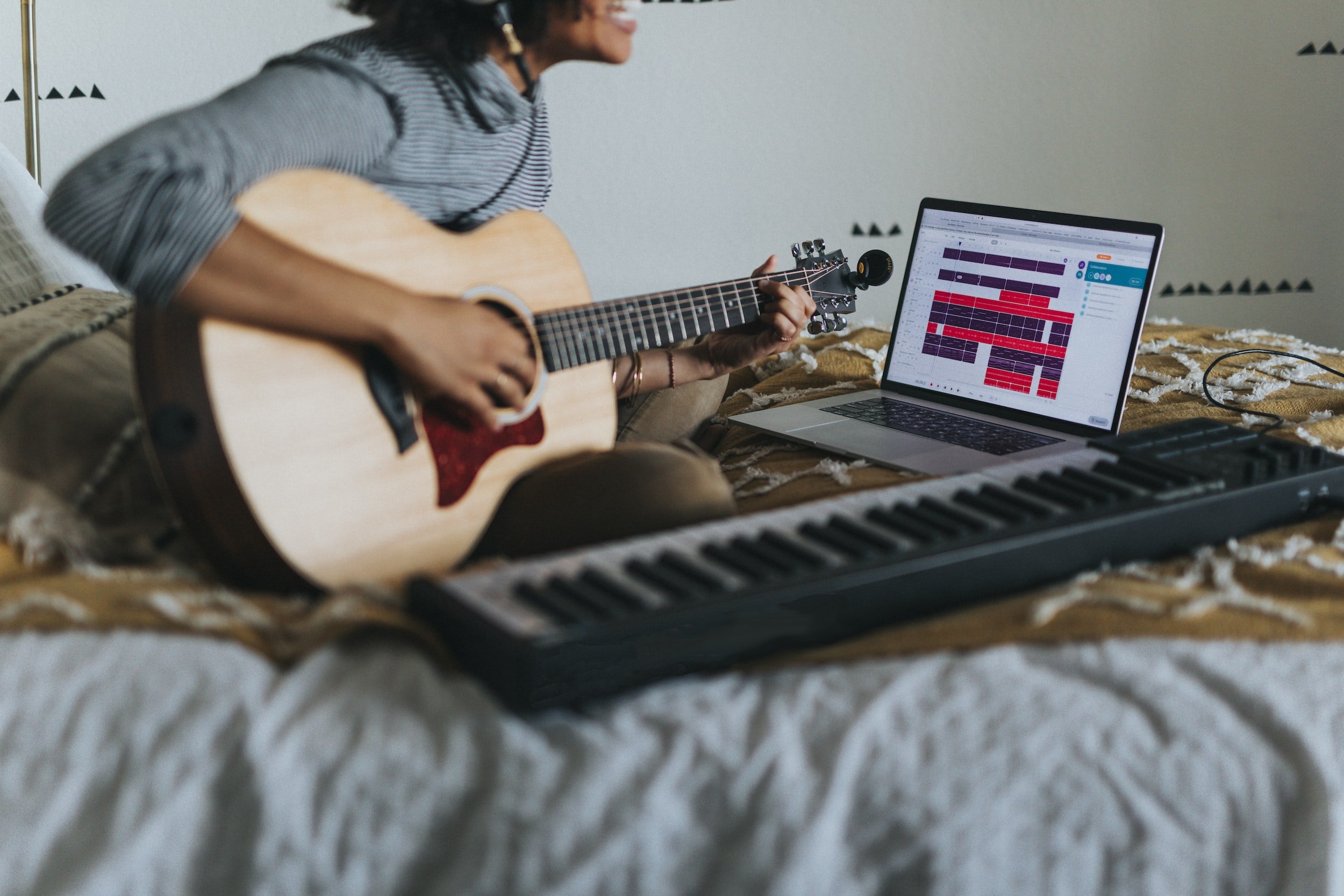Audio Production: The Real Story
When most people think about creating a podcast, an audiobook, or an album of their original music, they imagine the glamor of a recording studio. The scene goes something like this: The audio engineer sits behind a wide pane of soundproof glass, tweaking faders; the producer paces; the agent steps out to make phone calls; all while the artist, who’s perched on a high stool and wearing a pair of black headphones, delivers a stunning performance. We’ve all watched some version of this scene in a movie.
Fictional versions of audio production rarely resemble recognizable reality, as fiction is wont to do. Most of the work that goes into any audio production project happens after the recording is finished. That work is called editing, mixing, mastering, and formatting.
Since you’re read this far, I’m going to assume that you have a keen interest in creating something out of sound: music, audiobooks, game soundtracks, a podcast, a series of instructional classes, a jingle for your business, or you want to record your grandparents’ stories.
As is the case with most any project, you need to begin with the end in mind. What do you want to make? Knowing the answer to that question will give you the information you need to gather the tools and information to get started.
If you want to create a podcast, your equipment and process will be entirely different from the equipment and process you need to create game or music soundtracks. Both are audio production projects, yes. But you can create a podcast with a laptop, 2 inexpensive microphones and stands (or one mic and a free version of Zoom), free recording and editing software (Audacity, WavPad), and a couple of free music clips (or not).
Creating game or music soundtracks is much more involved. You’ll need a digital keyboard and/or pad controller, a digital interface, digital audio workspace (DAW) software, various types of cables, a good vocal microphone, a floor mic stand, a quiet, sound dampened recording space (for acoustic instruments and vocals), studio monitors (speakers), and a basic knowledge of music composition and notation.
Equipment and processes for audiobooks, family stories, and online classes falls somewhere in between those two projects. But for any audio production, you need to know how to record, edit, and format your files using the software you’ve chosen. And if you’re doing multi-track recording, mixing and mastering is something you have to learn. But, as with anything else, knowledge will come as you practice doing — you eat the entire elephant one bite at a time.
It helps if you can sort through the romantic stories created by fiction writers and movie makers (who’re practicing their own kind of art) to find out what’s really real. But you can. And it’ll be worth the effort because making audio art is big fun!
Contact me if you need help.
More helpful articles:
How To Get Free Music And Sound Effects
Microphone Stands: Mistakes And Solutions
How To Set Up A Room For Recording Success
